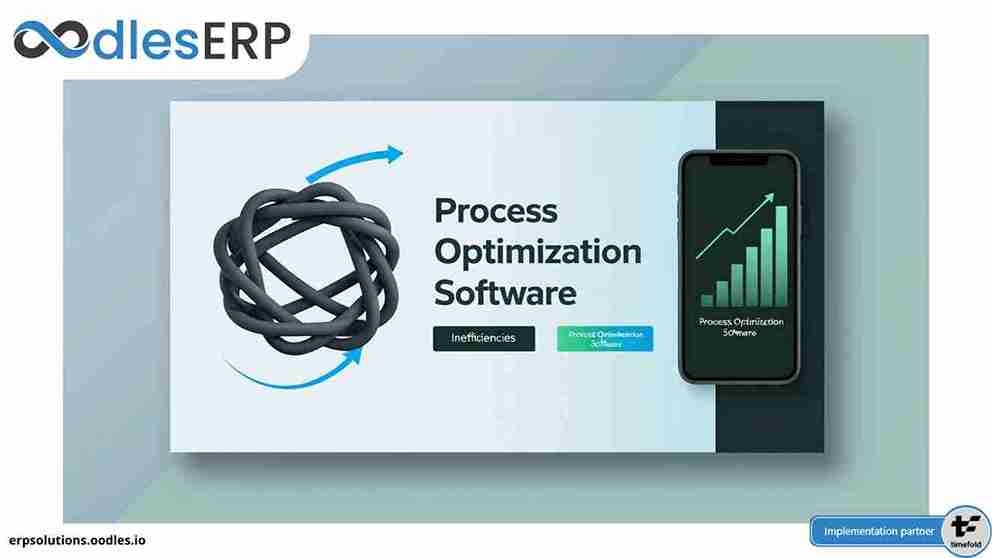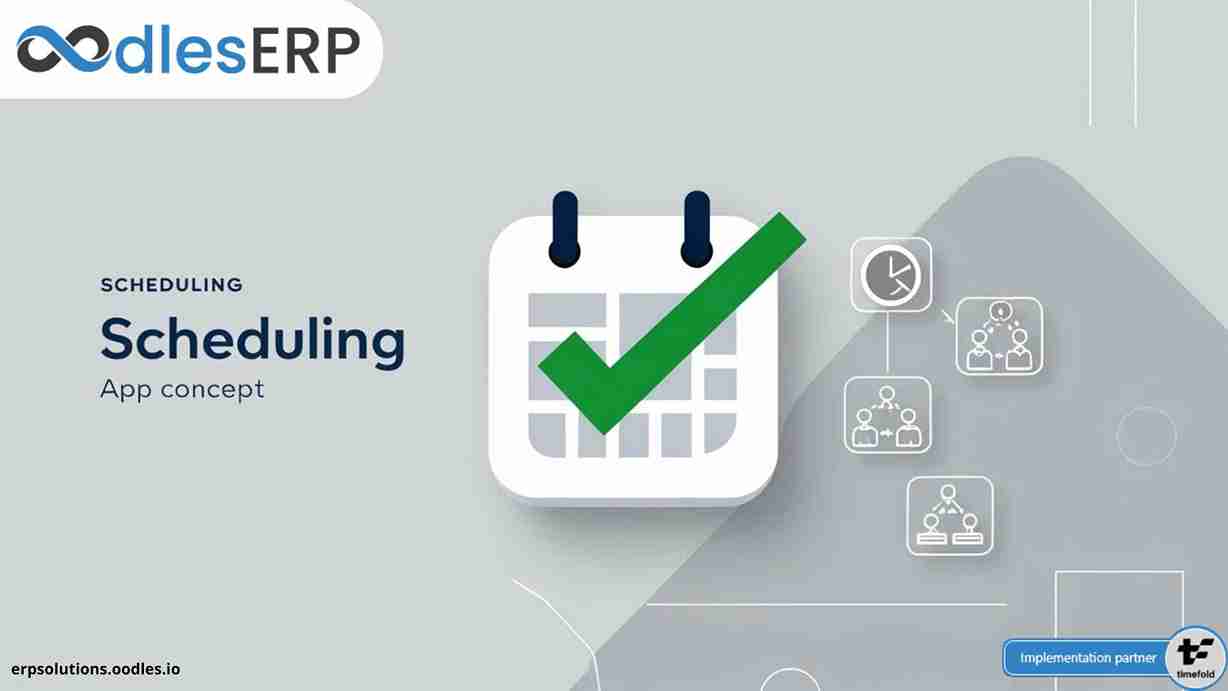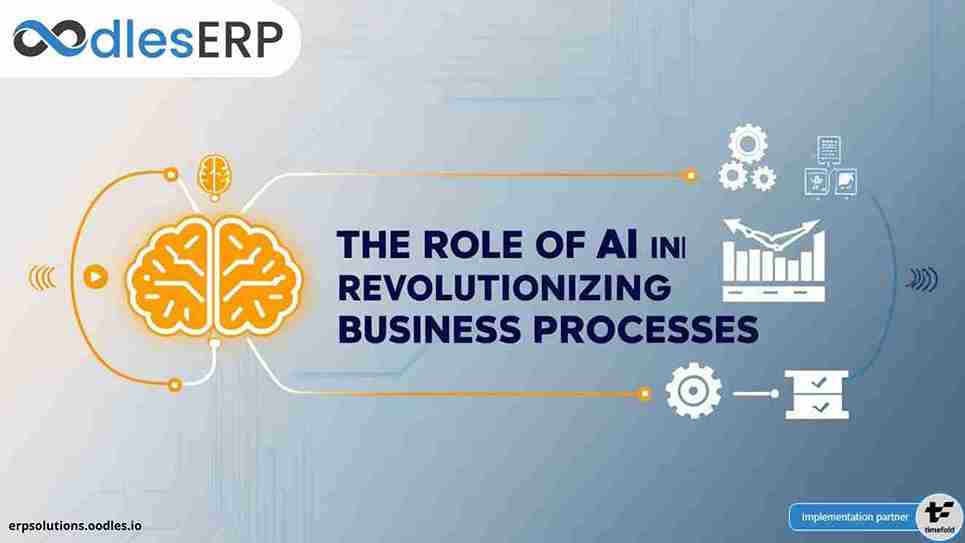Application modernization is a crucial step to achieve digital transformation across a business by upgrading its legacy applications or outdated systems. It is an effective way to enhance operational efficiency by making your systems compatible with next-gen software technologies. Besides, modernizing business applications may help enterprises achieve increased business productivity and better flexibility to manage their resources with ease.
In today’s intensifying market competition, it is crucial for businesses to keep pace with rapid technological advancements. That said, they must conduct routine software audits to identify their outdated systems and take steps to modernize them. In this blog post, we shall discuss the ideal approach for enterprise application modernization and the essential steps for the latter.
Also, Read Top Indicators For Legacy Application Modernization
What Is Enterprise Application Modernization?
Enterprise application modernization refers to the process of updating legacy applications to address the dynamically changing business needs by virtue of next-gen technologies. It is the first step to achieve digital transformation and often involves processes like cloud migration and legacy system upgradation. Besides, most businesses are quickly adopting microservices architecture and agile development methodologies to future-proof their enterprise systems. Although the benefits of enterprise application modernization are quite apparent, the ideal approach to modernization is somewhat complex. Let us now move ahead and learn the ideal approach for enterprise application modernization in terms of the steps involved.
Assessing The Existing Applications
The first step of any enterprise application modernization strategy is to assess current business applications. You need to identify which applications are critical to your business, which ones are outdated, and which ones can be retired. This, in turn, helps define tasks at hand and prioritize applications based on their need for modernization. Besides, it is critical to evaluate the technology stack of each application and see whether it is compatible with modern infrastructure and deployment methods.
Creating a Modernization Roadmap
Once you have shortlisted applications for the modernization process, the next step is to create a modernization roadmap. There also needs to be a timeline for each application along with the steps to modernize it. You must also consider the cost, resources, and potential risk factors associated with each modernization effort. That said, the modernization roadmap will ensure that all enterprise application modernization goals are met in a timely and cost-effective manner.
Embracing Cloud-native Technologies
One significant benefit of enterprise application modernization is the ability to migrate applications to the cloud. Cloud-native technologies provide numerous benefits including scalability, reliability, and cost savings. During the modernization process, you must consider adopting cloud-native technologies such as containers, Kubernetes, and serverless computing. By using these technologies, you can easily build scalable and resilient applications that may easily address your changing business needs.
Adopting Microservices Architecture
Microservices architecture represents a design approach that involves breaking down monolithic applications into smaller, independent services. Some crucial benefits of this approach include scalability, fault tolerance, flexibility, and accelerated development cycles. It is, therefore, increasingly important to consider adopting microservices architecture while modernizing your enterprise systems. As such, it should be an integral part of the enterprise application modernization strategy, going forward.
Also, Read The Multi-Cloud Strategy For Legacy Application Modernization
Agile Development Methodologies
When it comes to enterprise application modernization, it is crucial to adopt agile methodologies that typically involve an iterative and incremental approach to software development. Following such an approach enables businesses to respond quickly to changing business needs and deliver applications faster. At the same time, using agile methodologies like Scrum or Kanban helps deliver modernized applications without jeopardizing the build quality.
Security and Compliance
While modernizing enterprise applications, security and compliance should be a top priority for businesses of all sizes. Besides, you must ensure that all your business applications are secure and comply with industry regulations after being modernized. It also involves implementing security controls such as encryption and access controls, thus ensuring that your applications comply with industry standards, such as GDPR or HIPAA.
Plan For Data Migration
Data migration is yet another critical aspect of enterprise application modernization. Enterprises must ensure that their data is migrated securely and accurately to the new infrastructure. It involves mapping out data flows, strengthening data integrity, and testing the migrated data. Besides, you must also consider archiving or retiring old business data that is no longer required.
Expert Assistance
Enterprise application modernization requires a skilled team having expertise in cloud-native technologies, microservices architecture, and agile development methodologies. Besides, enterprises must seek assistance from a team that has got the necessary skills and experience required to modernize their business applications. Here, instead of hiring an in-house team of experts, most enterprises prefer outsourcing a trusted ERP agency to professionally handle everything.
You may also like to read The RPA Approach To Legacy Application Modernization
Final Words
Enterprise application modernization may help organizations achieve greater agility and flexibility, thereby enabling better collaboration between teams and providing a better user experience. It also makes enterprise systems more resilient, enhances security and compliance while also extending the lifespan of existing business applications. Besides, modernized applications can leverage the latest technology trends such as cloud computing, containerization, and microservices, which leads to improved scalability, availability, and reliability.
At Oodles ERP, we provide complete support for enterprise application modernization and digital transformation. Our 360-degree digital transformation services help improve the current enterprise software architecture by upgrading your time-tested legacy systems and making them resilient to future instances. To learn more about our ERP application modernization services, drop us a line at [email protected].










